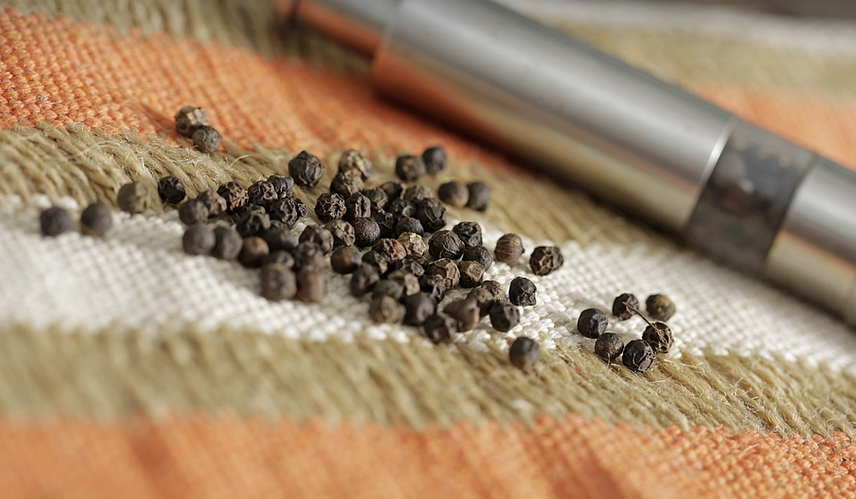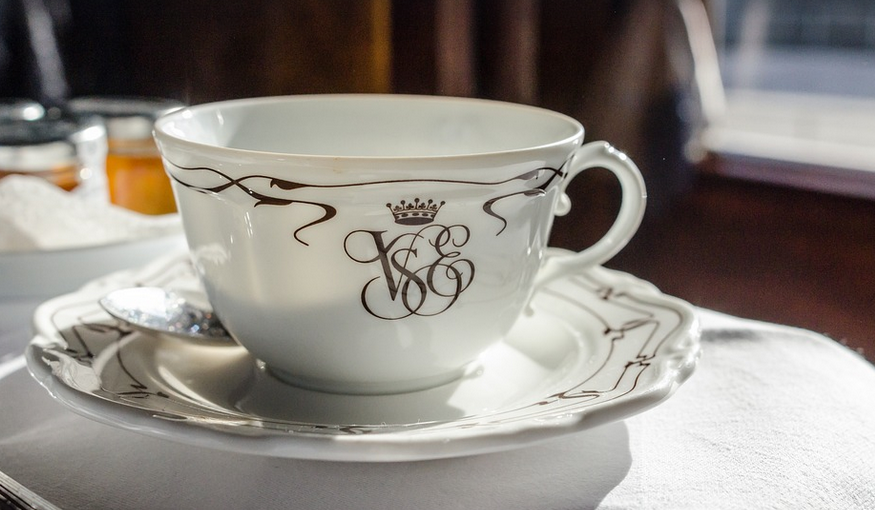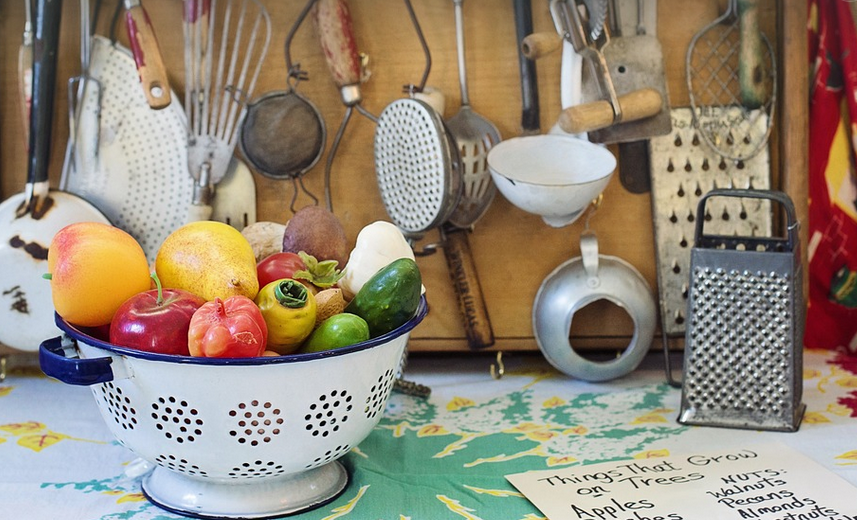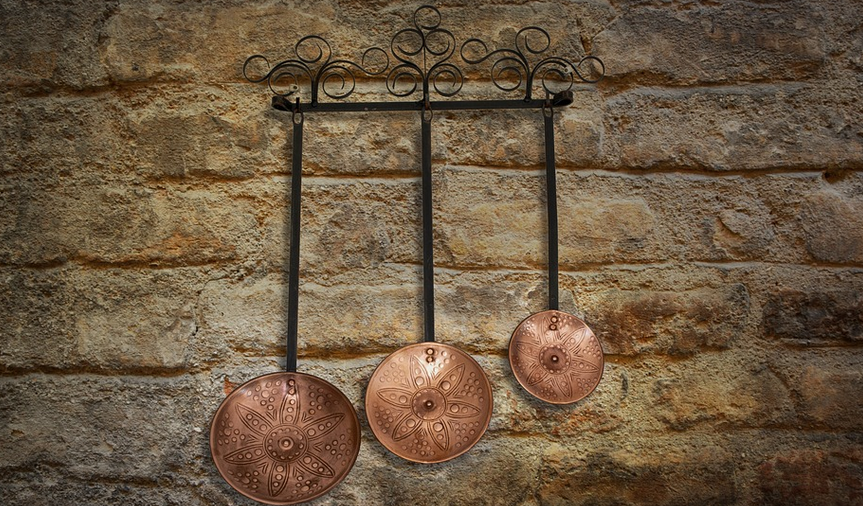Brake Caliper Paint With Brush: A Step-By-Step Guide

Give Your Brakes a Fresh Look
There’s something undeniably satisfying about keeping your ride looking sharp, from subtle touches to major overhauls. When it comes to your car’s brakes, though, sometimes a fresh coat of paint is just the ticket to restoring their visual appeal and maybe even boosting confidence behind the wheel. Yes! We’re talking about painting your brake calipers! It might sound intimidating, but don’t worry, with this step-by-step guide, we’ll walk you through it, ensuring a smooth and successful transformation.
Why Paint Your Brake Calipers?
Before diving into the steps, let’s address why you might be considering painting your brake calipers in the first place. First and foremost, aesthetics! A fresh coat of paint can instantly update your car’s look, especially if it’s been a while since your last refresh. The metallic sheen or vibrant color will add visual appeal and even make those large brake rotors stand out.
Beyond looks, there are also practical reasons to consider painting your calipers. A fresh coat of paint can provide a protective shield against rust and corrosion. Brake calipers are exposed to harsh elements like rain and sun, so regular maintenance is necessary to keep them in top shape. Painting these components helps prevent damage from extreme temperatures and weather conditions. While not a permanent fix for the most severe rust issues, it’s an excellent preventative measure.
Furthermore, some brake calipers might be missing their original color or have faded due to age. Painting them can restore their original look or even create a new visual style that aligns with your car’s aesthetic.
Gathering Your Supplies
Before you start painting, it’s important to gather your supplies. You’ll need:
- Brake caliper paint: Choose the right type for your needs – OEM, automotive-specific, or specialty paints.
- Primer: Use a high-quality primer specifically designed for metallic surfaces and ensure it’s formulated to adhere well to brake calipers’ materials
- Paint brushes: Opt for angled brushes with fine tips to ensure precise application on tight curves and crevices of the caliper. Round paintbrushes or small, detailed brushes are also good choices.
- Sandpaper: Use various grits – from coarse (120-220) for initial shaping to finer grit (400+ or higher) for smoothing out scratches and imperfections before painting
- Gloves: Protect your hands with gloves, as some paints can be harsh on skin.
- Safety goggles: Always wear safety goggles to protect your eyes from any potential splashes of paint.
- Cleaning supplies: Use a cloth and detergent for cleaning your calipers before you start prepping them
Preparing Your Brake Calipers
Before jumping into painting, let’s address prep work – it is crucial to achieve successful results. Here’s how to prepare your calipers:
- Clean the calipers: Use a cleaning agent and water to thoroughly clean the entire surface of your brake calipers, including any dirt or debris.
- Remove old paint: If there is existing paint, you might need to use a paint stripper or chemical to remove it. Be careful here as these chemicals can be harsh on skin if not handled properly.
- Sanding: Use your sandpaper to smooth out any rough spots and remove all the old paint – aim for a perfectly smooth surface for optimal paint adhesion.
- Prime the calipers: Apply a thin, even coat of primer to your caliper. Ensure you’re using the right type of primer for metallic surfaces.
Painting Your Brake Calipers
Ready to add a touch of color to your brakes? Now comes the fun part – painting! Here’s how to do it efficiently and effectively:
First, use a thin paintbrush to apply a small amount of paint. Work in small sections, starting with the caliper’s edges. Avoid getting too much paint on your brush at once – this helps ensure a smooth finish. The key is to apply even coats and let each layer dry completely before moving onto the next.
As you work, keep an eye out for any overspray. If there is, use a damp paper towel or clean cloth to wipe it off while the paint is still wet.
Once your calipers are fully painted, allow them to cure for at least 24 hours before driving, as this ensures proper hardening and prevents chipping or peeling.
Finishing Touches
After the paint has dried completely, you can add any additional finishing touches you desire. Adding a clear coat sealant can help protect your new paint job from scratches and water damage. Here’s how to do it:
- Apply a thin layer of clear coat: Use a brush or spray (depending on the product instructions), applying even coats.
- Allow for drying: Let the clear coat dry completely before driving your car
And there you have it! Your brake calipers are now ready to shine.
Maintaining your Painted Brake Calipers
Even with proper care, paint can fade over time. Here’s how to keep your painted calipers looking their best:
With a little maintenance, you can keep your painted brake calipers looking sharp for years to come. The confidence of knowing your brakes are not only mechanically sound but also visually appealing will enhance your driving experience.


